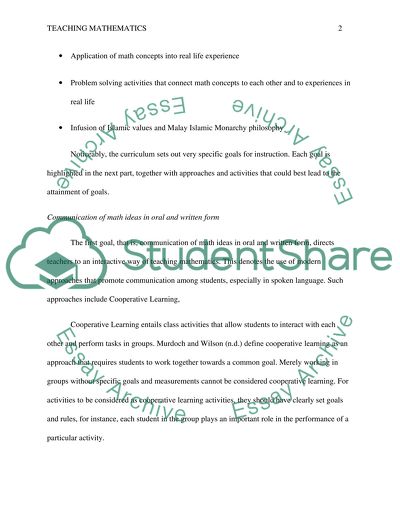Cite this document
(“Mathematics Curriculum in Education Assignment Example | Topics and Well Written Essays - 2250 words”, n.d.)
Retrieved from https://studentshare.org/education/1396550-mathematics-curriculum-in-education
Retrieved from https://studentshare.org/education/1396550-mathematics-curriculum-in-education
(Mathematics Curriculum in Education Assignment Example | Topics and Well Written Essays - 2250 Words)
https://studentshare.org/education/1396550-mathematics-curriculum-in-education.
https://studentshare.org/education/1396550-mathematics-curriculum-in-education.
“Mathematics Curriculum in Education Assignment Example | Topics and Well Written Essays - 2250 Words”, n.d. https://studentshare.org/education/1396550-mathematics-curriculum-in-education.


